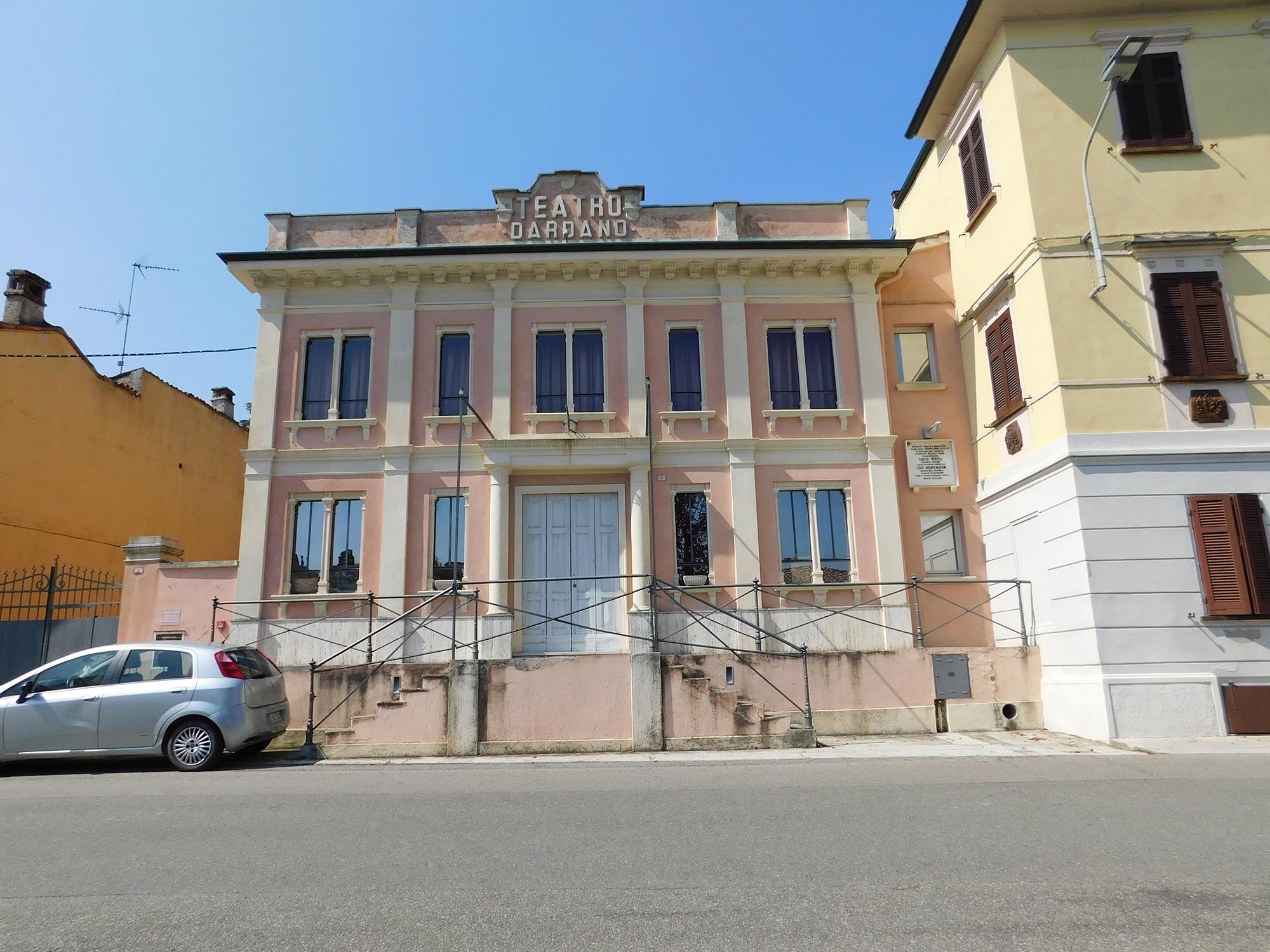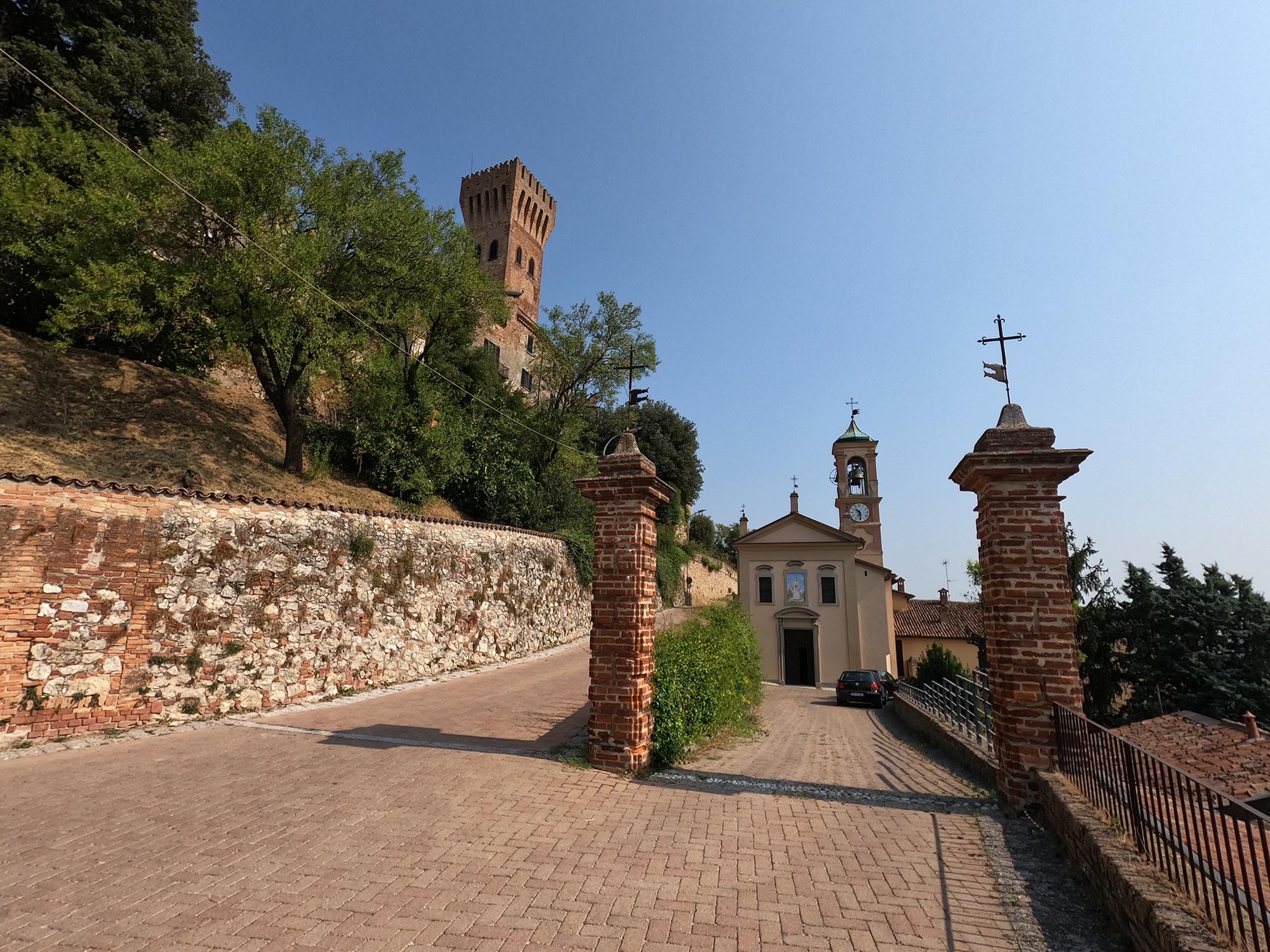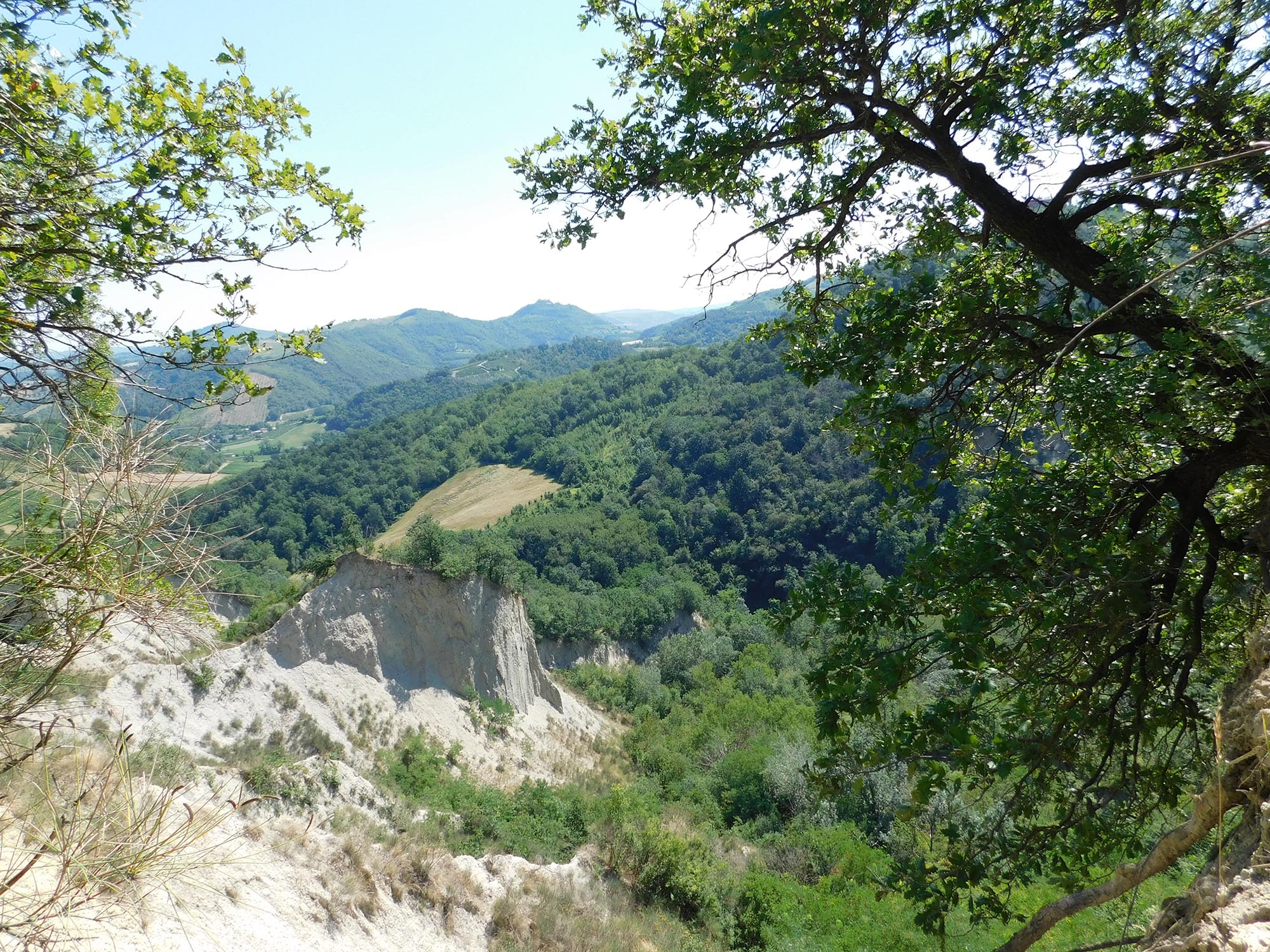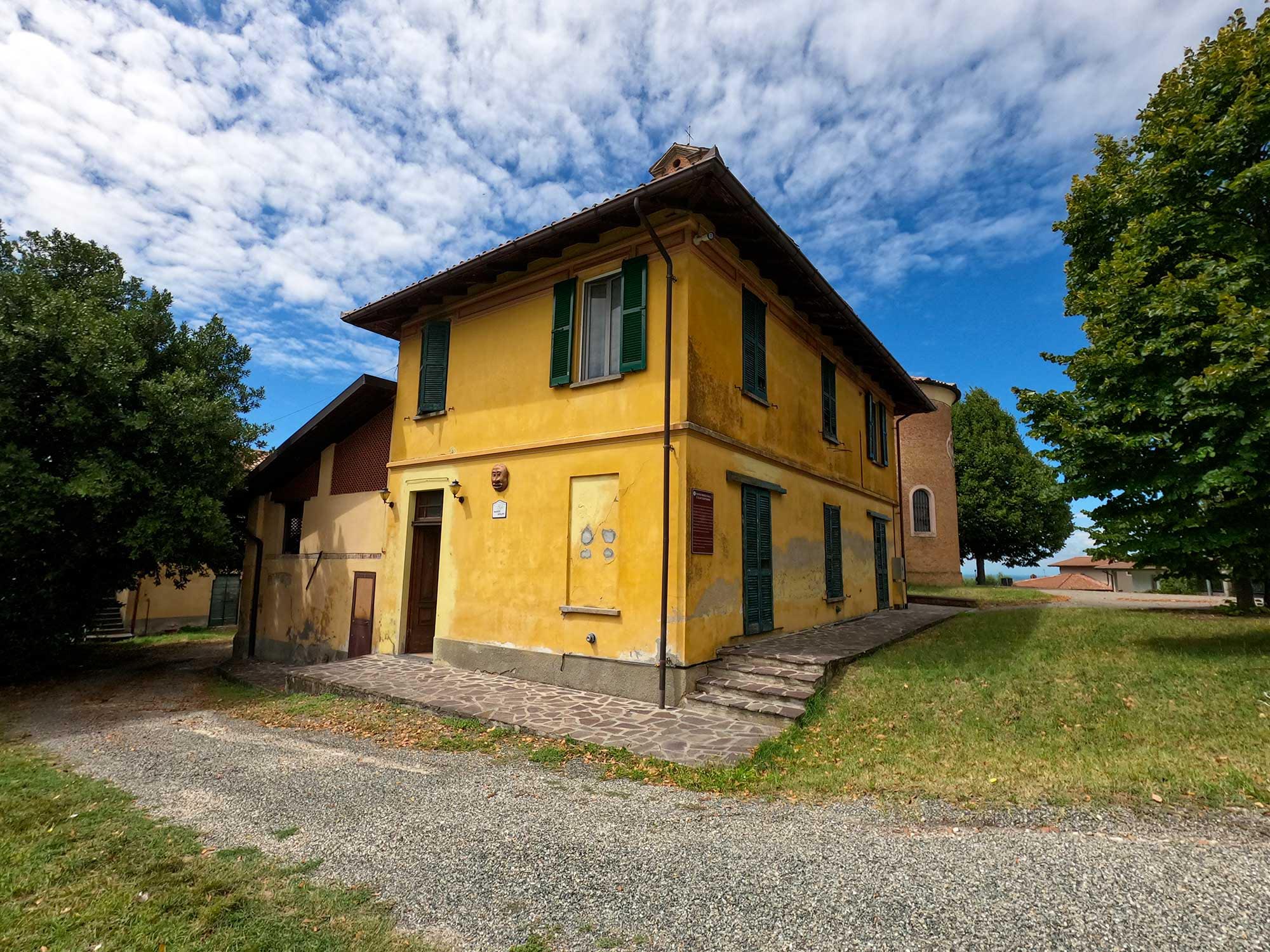Casteggio: The Pistornile represents the history of Casteggio. It preserves the town’s cultural traditions, which are centred around the activities at the Certosa Cantù. You can admire the Collegiate Church of San Pietro the martyr, rebuilt in the early 1800s on the structures of the old 16th-century collegiate church, with the 14th-century bell tower overlooking the town. Of interest is the church of San Sebastiano, formerly the seat of the homonymous 18th-century brotherhood, which dates back to the end of the 16th century and was renovated in 1767.
Casteggio: Worthy of note are the Victory Monument, located in the Parco delle Rimembranze memorial park, an imposing bronze sculpture, the historic centre of Pistornile, where the Town Hall is also located, the large Piazza Cavour, and the recent parish church.
Codevilla: From the tenth century onwards, the ancient hamlet of Mondondone was part of the countship of Tortona controlled by the Monastery of the Senator of Pavia. It then became part of the fief of the Beccaria family in 1412. The church of San Bartolomeo, dating from the sixteenth century, houses a number of interesting artifacts.
Codevilla: In the historic village centre, the 16th-century church is dedicated to San Bernardo and features a sizeable wooden organ loggia. Walking through the streets of the ancient historic centre, you can admire various contemporary art murals. The tourist information point is located in the town hall.
Montescano: The eighteenth-century Missaga Fountain is worth a visit. For a long time, the inhabitants of the Versa Valley believed that the spring water had healing properties.
Montù Beccaria: Near the church stands the Dardano Theatre, built at the end of the 19th century. Of interest are the ancient structures of the public schools, with the various monuments dedicated to illustrious fellow citizens and the fallen of the wars.
Oliva Gessi: The primacy held by Oliva Gessi is interesting. It is home to the historic ‘De Filippi’ theatre, which can be considered one of the largest in Europe, with 100 seats in relation to 175 inhabitants.
Stradella: Near the square is the Social Theatre, built in 1846, a clear indication of the cultural needs of the town. The inside of the theatre is fascinating.
Torrazza Coste: Near Torrazza, we can admire the spectacular calanques of the Marcellino ravine, which offers numerous paths and trails to appreciate the beauty of the nature park.





